Opioid Rehab Programs: What to Expect & Where to Find Treatment
Opioid drugs are powerful painkillers that are derived from the poppy plant. Natural opioids include opium, heroin, and morphine. Opioids are also manufactured from chemical components, sometimes as legal prescription pharmaceuticals, and sometimes as illicit street drugs. Manufactured, or synthetic, pharmaceutical opioids are used to treat pain, but they are highly addictive. Common prescription opioids include oxycodone (OxyContin, Percocet), hydrocodone (Vicodin), Dilaudid, Demerol, and fentanyl. Fentanyl, which is 100 times more potent than morphine, is manufactured as a legal pharmaceutical, and it is also illicitly made into a street drug. Heroin is no longer used as medicine in the U.S.
Between 2020 and 2021, overdose deaths from manufactured (synthetic) opioids rose 55.6%, with most of the deaths caused by illicit fentanyl. Fentanyl is so deadly because just 2 mg (a few grains) of it is a lethal dose. In comparison, one teaspoon equals about 5,000 mg.
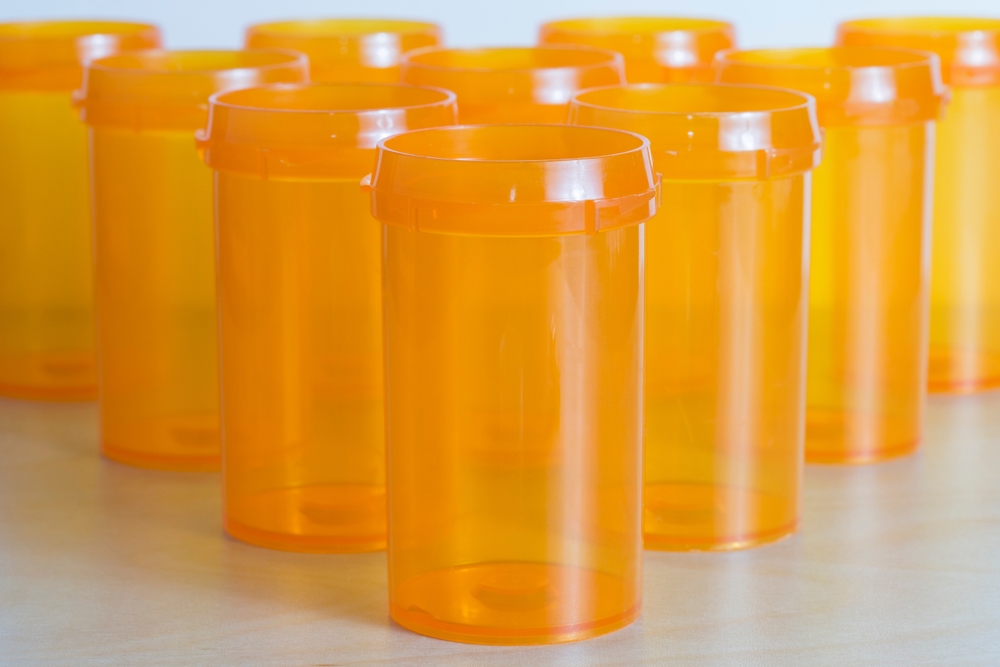
Why are Opioids Addictive?
Opioids are highly addictive. After only a short period of taking them, a person can become dependent and need the drug in their system just to be able to function normally. Opioids work by activating receptors in the brain, spinal cord, and other organs that are involved in feelings of pain and pleasure. The relief of pain and the pleasant feelings experienced reinforce a user’s desire for the drugs. Without the drug, a person often experiences painful withdrawal symptoms such as muscle aches, diarrhea, chills, and anxiety.
Signs of Opioid Addiction
Opioid misuse becomes an addiction when a person continues to take opioid drugs even when negative or adverse circumstances occur because of the use. A person may experience personal problems or legal problems related to their drug use, yet they continue using. Opioid addiction is diagnosed when two or more of the following symptoms are present:
- A need for higher doses to get the same effect
- Multiple attempts to quit without success
- Craving the drug
- Having relationship/social problems because of the drug use
- Having physical or psychological problems because of the use
- Using the drug while knowing that is causing harm
- Giving up activities because of opioid drug use
- Spending excessive time acquiring the drug
- Experiencing withdrawal symptoms when not taking the drug
Opioid Addiction Treatment
There are several options for opioid addiction treatment.
Inpatient Treatment
Inpatient Treatment involves 24-hour, around the clock care in a medically supervised setting, such as a hospital, clinic, or residential rehab. Medications are often used during the detoxification process, which removes residual toxins from the opioid drug use from the body. Drug education and counseling (individual and group) are usually included as part of inpatient treatment, and 12-Step peer recovery programming is also common.
Outpatient Treatment
Outpatient Treatment allows you to go to treatment during the day and return home each night. Outpatient treatment programs vary according to the number of hours spent in treatment. Partial hospitalization, or day treatment programs, usually offer around 20 hours per week of treatment. Intensive outpatient programs typically offer about nine hours of treatment per week. Withdrawal medications are often used, and dosing is provided during treatment sessions. Group and individual counseling sessions are typically provided, as well as 12-Step peer recovery programming.
Detox with Medication-assisted treatment (MAT)
MAT therapies may be used as part of an inpatient or outpatient program, or on its own. Some opioid clinics specialize in offering medication-assisted treatment in regular outpatient settings. They schedule medication dosing hours daily or several days per week. Along with providing withdrawal and maintenance doses of opioid-detoxification drugs, outpatient detox treatment usually involves some counseling sessions, mostly in groups.
Types of MAT Medications Used in Opioid Drug Treatment
Methadone, buprenorphine, and naltrexone are the most common medications used in the treatment of opioid addiction. Some combinations of buprenorphine and naloxone are also utilized.
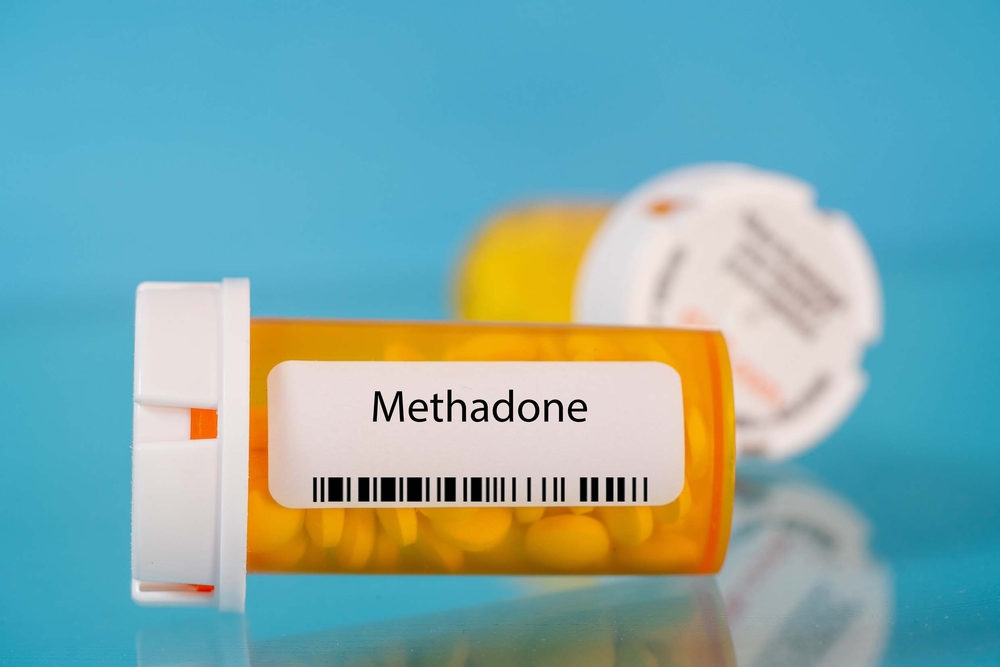
Methadone
Methadone eases the symptoms of opioid withdrawal and reduces cravings. It can be taken in pill or liquid form, usually once a day. Once stabilized, patients on methadone may be given a supply of the medication to self-administer at home.
Buprenorphine
Buprenorphine diminishes opioid cravings, but it does not cause a drug “high”. It is often taken daily by mouth, in a tablet that is placed under the tongue. Buprenorphine can also be delivered through monthly injections. Subutex is the brand name for the sublingual (under the tongue) buprenorphine. Sublocade is the brand name for an extended-release, injectable form of buprenorphine.
Naltrexone
Naltrexone blocks both the pleasurable and the sedative side effects of opioids in the brain. But it does not completely stop cravings. Naltrexone can be delivered by injection, usually in a monthly dose. Your body must be free of opioids for 7-10 days before starting naltrexone. Otherwise, strong withdrawal symptoms can occur.
What Happens During Opioid Treatment?
Opioid treatment, whether inpatient or outpatient, starts with an assessment to determine the severity of the drug addiction and the best options for treatment. Then a written treatment plan is created with input from both the clinician and the client. The type and number of counseling sessions are determined, as well as the type of medication and dosing to be used.
Some combination of individual, group, and family counseling is typical. Topics covered usually include drug education and relapse prevention strategies, coping skills development, stress management, and communication and relationship healing strategies.
Talk therapy, such as cognitive behavioral therapy, where the relationship between thoughts and emotions is explored, and ways to make better choices are discussed, is the most used type of counseling intervention. Group interactions using role play and skills-development exercises may also be used.
In addition, 12-Step peer-recovery meetings are often used during a treatment program and for aftercare, or follow-up treatment, as well.
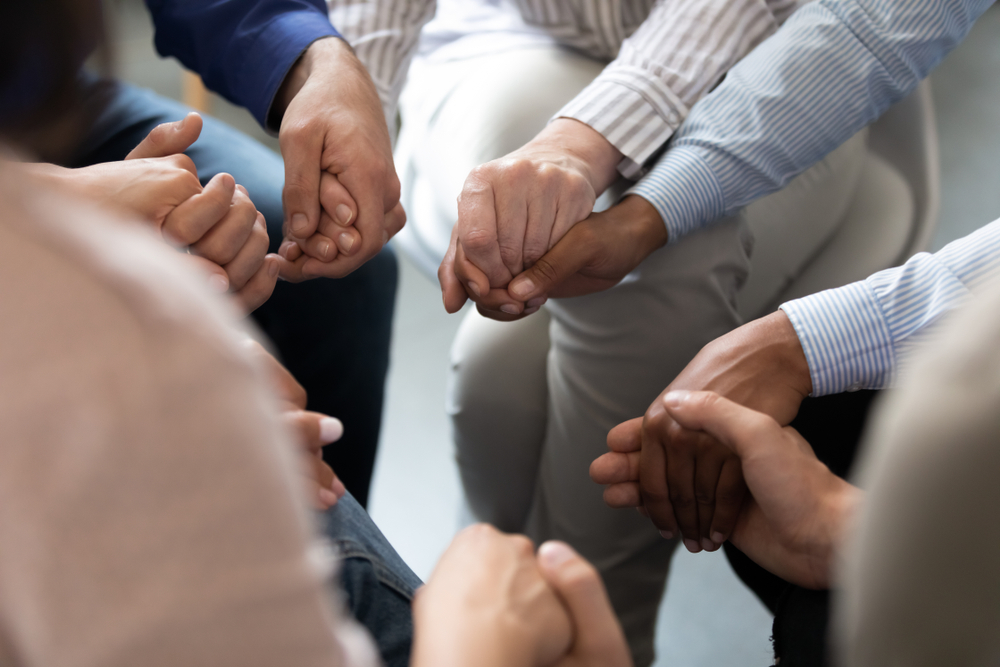
Is Opioid Addiction Treatment Effective?
The Journal of the American Medical Association (JAMA), in a 2020 study of the effectiveness of opioid addiction treatment found that treatment with either methadone or buprenorphine was associated with greater reductions in overdoses and acute care episodes than when no treatment was given.
Other Considerations
Since opioids, especially synthetic fentanyl, are such potent drugs, the possibility for overdose is a special risk. An overdose reversing medication, naloxone (brand name Narcan), is available to individuals and groups alike. First responders, police, and medical personnel regularly have it with them.
Naloxone quickly blocks the effects of opioids and restores breathing. It comes in the form of a nasal spray or an injection. The nasal spray is most comfortable for non-clinical people to use. It is advised to receive training in the administration of naloxone before attempting to use it. But family members of known opioid drug users should always have it handy. It may save the life of a loved one.
Finding the Right Opioid Rehab Program
Just as every client is unique, so too are opioid rehab programs. Whether you are looking for a program for yourself or someone you love, there are a number of important factors to consider:
- Treatment setting: As has been shown, opioid treatment can occur in both inpatient and outpatient settings. Determining which setting is most appropriate will depend on a range of factors, including the severity of the addiction, the client’s overall physical and mental health, and outside considerations, such as work and family responsibilities.
- Treatment modalities: While MAT is a proven and popular treatment modality, not every client desires pharmacotherapy. It’s important to research the treatment methods used and the options available to ensure they align with your unique recovery needs, goals, and wants;
- Credentials and staffing: When choosing a treatment program, it’s essential to understand how the program is staffed and what licensing, accreditations, and certifications the program holds. For example, a quality program will be staffed by credentialed and addiction recovery specialists. Likewise, a quality program will be licensed by the appropriate state and federal agencies and accredited by reputable bodies, such as CARF, The Joint Commission, and NAATP.
If you’re looking for resources to help you find the opioid recovery program that’s best for you or your loved one, you have a number of options, including:
- FindTreatment.gov
- SAMHSA National Helpline
- 211
- IHS Treatment Locator
- VA Substance Use Disorder (SUD) Treatment Locations
Sources
- National Institutes of Health (NIH)/National Institute on Drug Abuse (NIDA) (2021). Drug Facts: Prescription Opioids. https://nida.nih.gov/publications/drugfacts/prescription-opioids
- U.S. Drug Enforcement Administration (DEA) (nd). Facts about Fentanyl. Retrieved 5/22/24 from https://www.dea.gov/resources/facts-about-fentanyl.
- National Institutes of Health (NIH)/National Library of Medicine (2023). Opioid Use Disorder. Retreived 5/27/24 from https://www.ncbi.nlm.nih.gov/books/NBK553166/
- American Society of Addiction Medicine (2017). DSM-5 Criteria for Diagnosis of Opioid Use Disorder. https: www.asam.org > dsm-5-dx-oud-8-28-17 PDF
- Journal of the American Medical Association (JAMA) (2020). Comparative Effectiveness of Different Treatment Pathways for Opioid Use Disorder. https://jamanetwork.com/journals/jamanetworkopen/fullarticle/2760032
More Specialty Treatment Programs
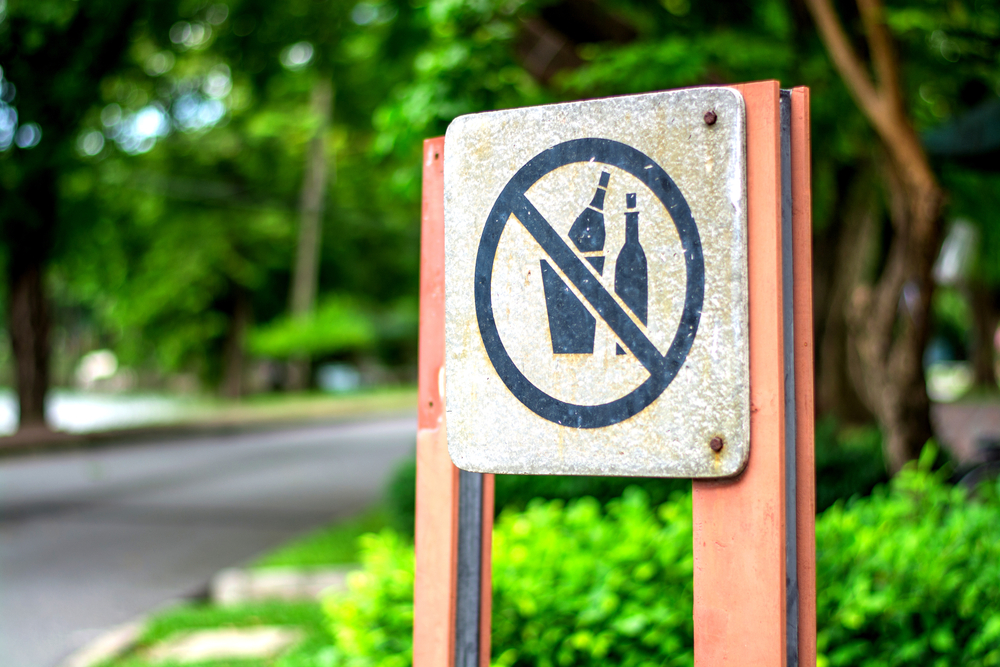
Alcohol Rehab
Addiction Treatment for Alcoholism: What to Expect From Rehab Alcohol abuse and alcohol dependency, or addiction, are common drug issues …

Couples Rehab
Couples Rehab Programs: Recovering Together programs provide specialized treatment to help partners struggling with alcohol or substance use. They aim …
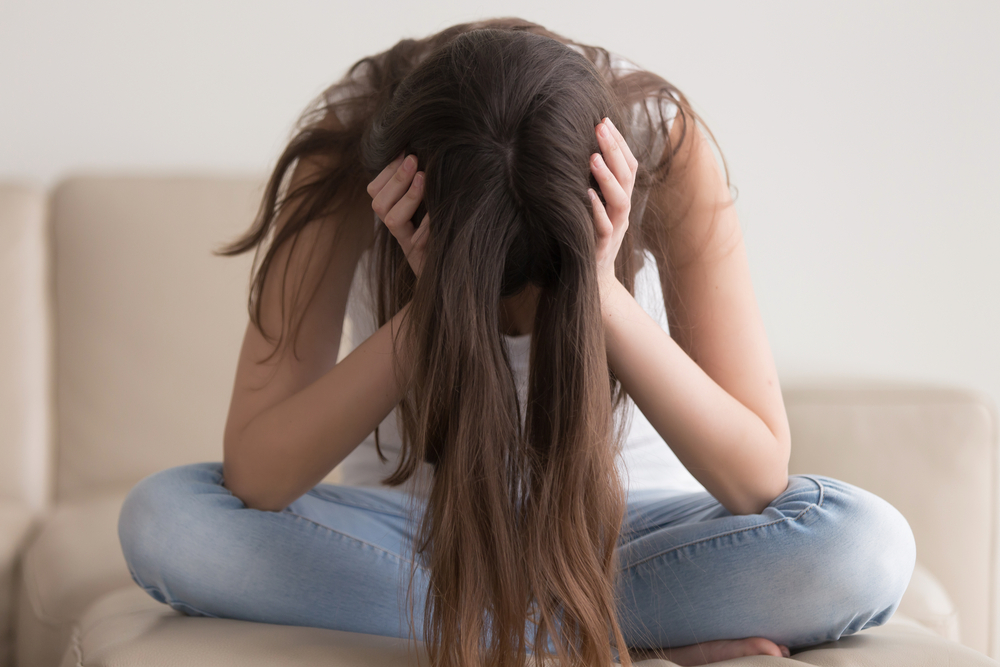
Depression & Addiction
Dual Diagnosis Programs: The Benefits of Rehab for Depression Mental health conditions, such as anxiety and depression are common among …